Versatility that cannot be achieved by other means, energy saving and attractiveness are the key things that fiber optic lighting technology has brought in our lives as far as illumination is concerned. This blog post will go through some of the best-rated fiber optics lighting solutions, including modern LED illuminators and state-of-the-art lenses, among other high-end parts that enhance superior lighting performance. If you work with lights professionally or just like them for fun this article will give you fresh ideas about what can be done to improve your system with these new developments and also provide information on where they can be bought at affordable prices too. We look into different uses of fibers based on their technicalities while trying to relate this with practicality hence giving readers an overview necessary for making correct choices during their lighting projects.
What is Fiber Optic Lighting?
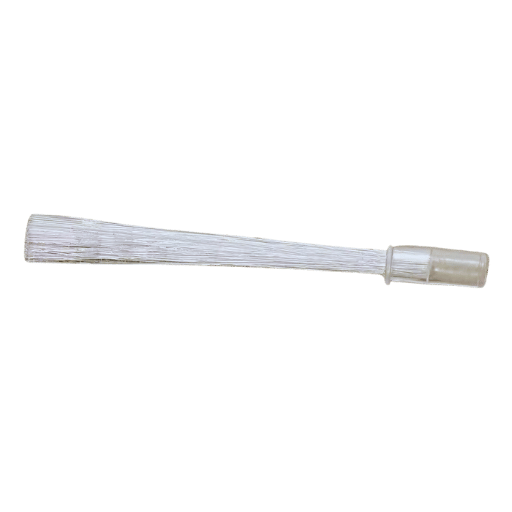
Understanding Fiber Optic Light
Fiber optics lighting uses optical fibers to transmit light from one source of illumination to another that is far away. Normally, lights are produced through LED and then directed into these fiber optics, which contain core and cladding for easy transmission of light. This technique works based on total internal reflection so as not to lose any intensity or quality of the traveling lights while passing through them. Hence, it becomes possible to have a flexible lighting system with multiple uses like architectural illuminations or even complex display lighting.
How does Fiber Optic Technology Work?
Fiber optic technology functions under the principle called total internal reflection. Firstly, an LED sends out beams, which are received at the core of an optical fiber, where they get trapped by cladding around this region. In order for these rays not to escape but continue moving forward along such cable without losing their strength, each time they hit the boundary between core and clad materials, it must be such that the angle exceeds the critical value needed for reflection back into itself again. Finally, when it reaches the endpoint, all energy carried by those rays is released, thereby providing the required illumination over certain areas. Its efficiency mainly depends upon the type/design of LEDs used together with qualities possessed by fibers during the manufacturing process so that there can be minimum loss as well as constant light output.
Types of Fiber Optic Cables Used in Lighting
There are primarily two types of fiber optic cables used in lighting:
- End-Emitting Fiber Optic Cables: These cables emit light from their ends hence can be employed when one needs concentrated or pointed sources such as spotlights or accent lights.
- Side-Emitting Fiber Optic Cables: These cables emit light along their entire length making them suitable for applications requiring linear/diffused outputs like cove lighting, signage or decorative displays among others.
Steps to Set Up Fiber Optics Illumination
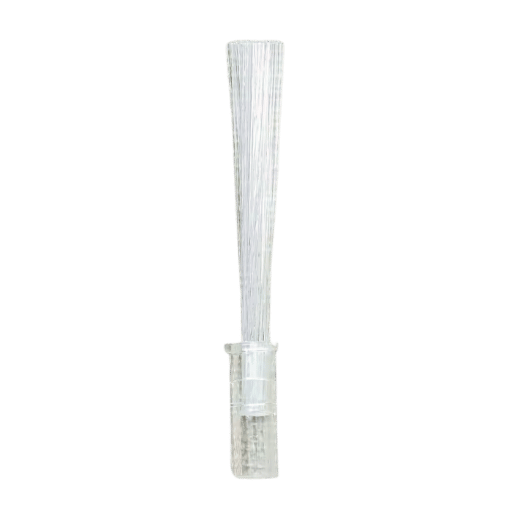
Tools and materials required
- Planning tools: Design layout software or graph paper can help plan the best fiber optic installations.
- Basic installation tools: Strippers, wire cutters, crimping tools
- Inspection tools: Fiber optic tester, power meter (to test connectivity and performance)
- Handling equipment: It is recommended that you use protective gloves and eye protection when handling any type of fiber optic illuminator.
- Mounting tools: Drill machine(s), screws, mounting brackets etc.
- Cleaning materials: Alcohol wipes or lint-free cloths for cleaning fibers etc.
- Light source equipment: LED illuminator; power supply.
Step-by-Step Installation Guide
Survey and Plan the Site
- Completely inspect the installation area. Use graph paper or CAD software to create a lighting system plan that accurately measures and shows how the system will appear.
Cable Preparation
- Measure and cut the fiber optic cables as needed. Use a specialized fiber cleaver to ensure clean, accurate cuts. Strip off the protective jacket and buffer coating to expose the optical fibers without damaging the core.
Connect Light Source
- Connect fiber optic cables to LED illuminator by fastening cable end to light source port with appropriate fiber optic illuminators for end-emitting fibers; or align side-emitting fibers correctly with illuminator for maximum light output along their length.
Secure Cables
- Fix cables in place with suitable mounting brackets and screws as per their location specification but take care not to bend beyond minimum bending radius so as not cause attenuation or any other form of damage on them while doing this.
Testing & Verification
- Using power meter together with fibre optic tester verify system is connected rightly and working properly at each point within it; also confirm if there is uniformity in terms of light intensity produced throughout all fibres by an illuminator and make necessary adjustments where required so as to enhance efficiency.
Final Adjustments & Cleaning
- Check entire installation for any loose connection points or irregularities found; then use lint-free cloths plus alcohol wipes in cleaning fiber ends from contaminants before testing again whether everything functions well having done so rest assured about best performance ever delivered through these devices called fibre optical illuminators .
By following these steps carefully, you can install a fiber-optic lighting system successfully and efficiently.
Typical Problems with Installation and their Answers
Damaging the Fiber During Preparation
- Solution: Do not damage the core by using good quality fiber cleavers and stripping tools that are precise; also, ensure technicians are adequately trained.
Light Output is not Enough
- Solution: Make sure fibers are aligned with the illuminator; check for proper connection. Confirm that your light source is working properly.
Minimum Bend Radius Exceeded
- Solution: Always go by the bend radius stated by the manufacturer. Mounting hardware should be used to guide and secure fiber without bending it too much.
Dirty Fiber Ends
- Solution: Clean ends of fiber before and after installation using alcohol wipes or lint free cloths. Handle it carefully so that dirt settles on end faces.
Connections are loose
- Solution: Confirm all connections have been made correctly and tightened well enough; follow manufacturer’s recommendation on locking mechanisms or securing connections.
Performance Varies
- Solution: Monitor light output continuously with a power meter, adjust as necessary; look out for possible sources of attenuation or interference in setup
Advantages of LED fiber-optic lighting
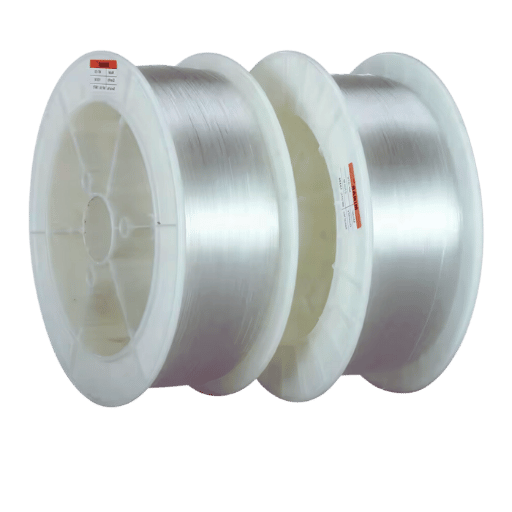
Efficient energy and durability
One way to cut down on power bills is by using LED fiber optic lights since they consume less energy because of their high luminous efficacy. These systems also have a longer lifespan that can go up to 50,000 hours hence reducing the frequency of maintenance and replacement costs.
Flexibility in application
LED fiber optics is very versatile as it can be applied in various settings, including architectural lighting for landscapes and even decorative installations. When used in architectural applications, they provide accurate accent lighting without producing heat, while for landscaping purposes, these lights offer strong weather-resistant solutions that illuminate paths and features within gardens. They are also adopted decoratively during events where dynamic colour changes are made so as to ensure beauty enhancement without compromising power saving.
Environmental implications
With reduced carbon footprint and low energy requirements compared to other traditional types, LED fibre optic lights make positive contributions towards conserving our environment. These products do not contain any hazardous substances like mercury which makes their disposal safer and more eco-friendly too. In addition, since these bulbs last longer, there will be less waste produced over time through frequent replacements, thereby further supporting general conservation efforts through lower consumption of electricity from overall efficiencies achieved by this technology.
How to Pick the Right Illuminator for Your Fiber Optics Lights
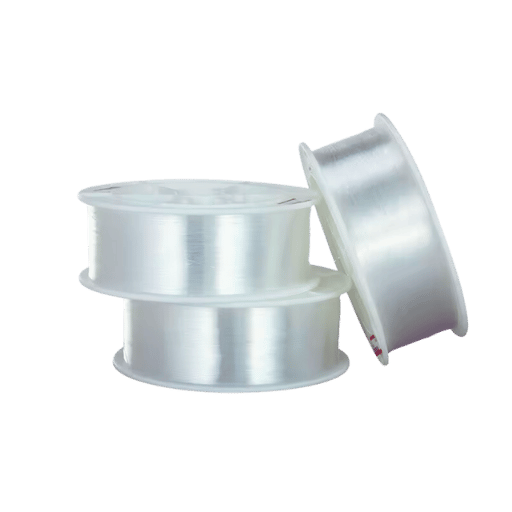
The Various Types of Illuminators
Different types of illuminators are used to light up LED fiber optic lights, each being suitable for specific applications and needs.
Halogen Illuminators
- Halogen illuminators produce bright, warm light with high output, which makes them perfect for areas where color rendering should be enhanced. They are usually utilized in places where the natural appearance of colors is critical.
Metal Halide Illuminators
- Metal halide illuminators provide high-intensity discharge lighting featuring excellent luminous efficacy as well as wide-spectrum output. Therefore this type would work best for large spaces requiring very intense bright lights.
LED Illuminators
- When it comes to energy consumption, LED illuminators take the trophy since they rank highest in terms of efficiency, have longer lifespan, and produce less heat during operation. You can consider using them together with glow fiber optic cables so that you get a better outcome. Besides, they come in different color temperatures; hence, they can be applied anywhere within fiber optics lighting due to their flexible nature coupled with minimal maintenance requirements.
Xenon Illuminators
- Xenon illuminates give out strong white lights having great color rendering qualities; such devices are employed in specialized areas where there’s need for extremely powerful brilliant lights.
Factors to Think About When Choosing an Illuminator
- Requirements for Application: Determine the adequate type of illuminator by identifying specific lighting needs such as light intensity and color rendering.
- Efficiency of Energy: Evaluate the power efficiency of the device to ensure its cost-effectiveness and environmental friendliness.
- Useful Life: Take into account lifespan in order to decrease how often it needs maintenance thereby saving money on repairs or replacements.
- Generation of Heat: Check how much heat is generated so that there won’t be any overheating as well as safe integration with fiber optic components.
- Temperature Colour: For LED light sources used in installations, select appropriate colour temperature which will meet both aesthetic appeal and functional demands of the design.
- Costs (Initial & Ongoing) – should include expenses on quality fibre optic illuminators and LED light sources.: Balance out initial costs against long term operational expenditure when considering purchasing illuminators thus giving a comprehensive analysis of cost implications.
- Space And Installation Constraints: Consider physical dimensions along with placement requirements when locating this optic illuminator within a given area.
Famous Brands and Their Characteristics
Philips Lighting
- The illuminator industry knows Philips Lighting for being inventive and trustworthy. They have high energy-saving products, which also have long working hours among different color temperatures suitable for many uses. Also, they are made with sophisticated heat management systems to reduce thermal output as much as possible.
Osram Opto Semiconductors
- Osram Opto Semiconductors is a company that specializes in producing good quality LEDs and xenon lights. Such devices are recognized because of their excellent color rendering index (CRI), strong built design as well as minimum maintenance requirements needed by them. Besides that, Osram focuses on delivering cost-effective solutions through considering initial investments vis-à-vis long term operational savings.
GE Lighting
- GE Lighting’s illuminators are widely known for dependability and extended lifespan characteristics. They make available various options which perform best in terms of energy efficiency while being flexible enough to fit any space or installation constraint requirement. Moreover, this brand ensures sustainability of its products thus meeting environmental standards without compromising their optimal performance levels.
Ushio America
- When it comes to precision light sources with high intensity output then one should consider Ushio America brand illuminators . Their lights target specific areas where quality and brightness count most. Furthermore these lamps were designed keeping durability features along with low heating abilities so that they can work reliably even under tough conditions .
Unique Sensory Applications of Optical Cable Lighting
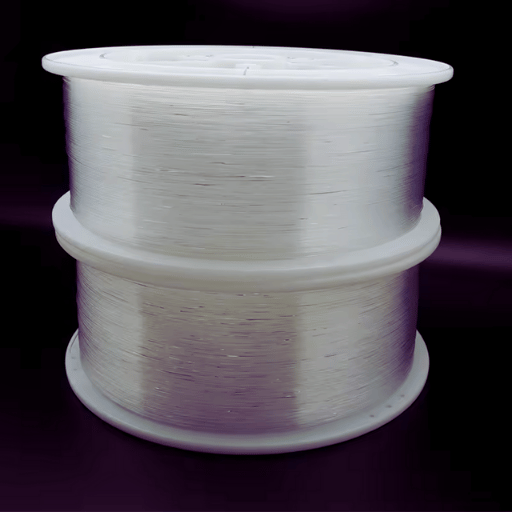
Medical uses
Optical fiber lights can be applied in different types of medical treatment rooms to promote relaxation as well as evoke human feelings. This is particularly useful for persons with developmental disabilities, autism or sensory processing problems who may benefit from engaging in a sensory room environment. Such kind of calming effect helps reduce anxiety and stress hence making therapeutic interventions easier to administer. Moreover, these types of lights are also employed in relaxation therapies because they assist patients in concentrating their thoughts and achieving tranquillity.
Aesthetic and Decorative Purposes
Increasingly, people have started using optic fibers that are responsive to touch for aesthetic or decorative reasons because they provide multiple options while being visually appealing at the same time. Commonly used in home design where they create soft glow around living spaces like lounges, hotels, restaurants, among others, thereby bringing about warmth within such areas. There is no limit to how one can install them creatively; for instance, the ceiling is made up of stars that shine through it only during nighttime (starlight headliner kits). Additionally, these lights can be used outside buildings so as to highlight certain architectural features and landscape designs thus serving both practical lighting needs and artistic beauty requirements.
Interactive Educational Features
Another important function served by sensory fiber optics lighting is creating interactive educative environments that give hands-on learning opportunities. They help kids understand difficult scientific concepts easily by making them part of the process through touch or seeing it come alive before their eyes via an exhibit display where light travels along strands showing different colours representing various aspects like reflection refraction dispersion etc . In addition, this tool serves well during teaching sessions meant for adults, too, since apart from just telling learners what happens when rays bounce off mirrors, teachers could let students feel what happens when beams pass through water droplets, resulting in rainbow formation. Furthermore, these devices foster multi-sensory learning environments which enhance comprehension among diverse learners as individuals have unique ways through which information is ingrained into memory.
Maintenance and Fixing Fiber Optics

Tips for Regular Maintenance
- Connections check: It’s important to frequently examine the cables for corrosion or loose ends. Switch parts where necessary so they can work better.
- Cleaning Light Sources: Clean the fiber optic ends and light sources regularly using a soft cloth free of lint to prevent light output reduction caused by dust accumulation.
- Damage inspection: You should do this often where you look for physical damages such as cracks on fibers or frays on them too because if there’s any damaged cable it must be changed immediately in order not lose signals.
- Power supply verification: Ensure proper connection of LED light source; also check whether power supply units are working fine and providing constant voltage for lighting systems.
- System performance monitoring: Use diagnostic tools to measure the intensity of light emitted by different points within an optical system while ensuring that all these points fall within specific operational limits as determined by design considerations or requirements.
- Hardware updates: Always keep your devices updated with latest technologies so as they can serve efficiently since obsolescence may lead to poor productivity hence new generation components should be used whenever possible.
Finding Common Issues
- Low Light Output: This problem is often caused by dust on light sources or fiber optic ends, or a power supply that is going bad. Check the power supply and clean the light sources.
- Lights That Flicker: Typically, this occurs when there are loose connections or the voltage is fluctuating. Make sure all connections are tight and check for consistent power supply.
- Light Loss That Comes and Goes: If you have intermittent light loss it could mean that there is a damaged connector or fiber cable somewhere in your system. Look over cables for any signs of physical damage and replace them if necessary.
- Colors Change: The wear of aging LED equipment can cause color shifts in lighting systems; likewise with old light sources themselves. Try using newer components like LEDs which are more efficient at producing different hues of light as well as updating other parts too!
- Lights Out (Totally): There might be complete lighting failure because either all power supplies failed altogether or fibers got cut somewhere along their length — find where breaks are located through testing each segment individually while also checking whether total lack-of-light comes from a defective PSU (power supply unit).
Do-it-yourself Tips to Troubleshoot Fiber Optic Lighting Systems
Follow these do-it-yourself ways of troubleshooting fiber optic lights:
- Cleaning Elements: Make use of compressed air or a microfiber cloth to clean the source of light and both ends of the cables carefully. This can help in fixing dimness issues.
- Tight Connections: Ensure all connections are tightened properly. Loose connections may cause lights to flicker or intermittent loss of lighting.
- Cable Inspection: Check for any visible damages like cracks or frays on fiber optic cables. Replace those with defects so as to restore normal operation.
- Power Supply Testing: Verify correct voltage output by power supply using a multimeter. There should be no fluctuation in power supply because it leads to flickering lights and total lighting failure.
- Replacing Components: If color shifts or dimness persist, consider replacing old/worn-out light sources and other major components that may affect performance negatively.
Reference Sources
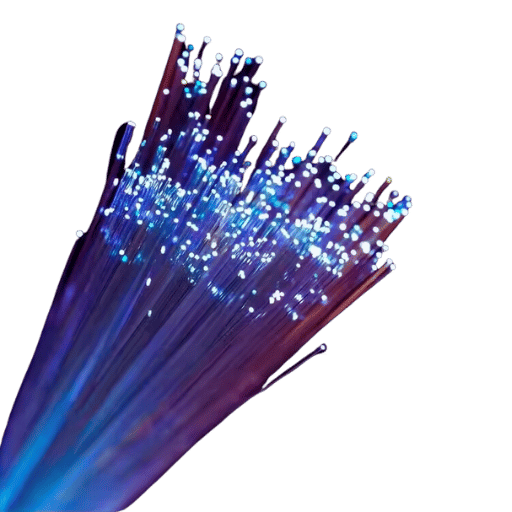
Lighting
Optical fiber
Light
Frequently Asked Questions (FAQs)
Q: What are the benefits of using an LED light source for fiber optic lighting solutions?
A: There are several advantages to using an LED light source instead of traditional ones for fiber optic lighting solutions. For example, they can save energy, last longer, produce less heat and offer better color representation.
Q: How do fiber optic illuminators enhance lighting projects?
A: Many specialty lighting projects use fiber optic illuminators as their main light source. They send light through optical fibers, which then transmit it to the desired location, thereby enabling versatile and imaginative designs, especially in star ceilings and sensory environments, among others.
Q: What is a starlight headliner kit, and how is it used?
A: A starlight headliner kit consists of fiber strands that are installed in the ceiling of a car along with an optic illuminator to create a feeling like one is under the stars at night. These kits usually have a controller so you can change the patterns of light as well, which makes them really fun accessories for any vehicle interior!
Q: What are the different types of fiber optic cables available?
A: There are various kinds of fiber optic cables including single-mode, multi-mode and glow fibre optics among others designed for specific applications like data transmission or creating intricate light displays.
Q: How do you install a fiber optic star ceiling light kit for car?
A: To install this type of kit; mount the optical illuminator; route fibres through headliner (ceiling); connect them together in order to achieve desired start pattern – step-by-step instructions are usually provided with such kits.
Q: What does RGBW fiber optic light mean, and what are its benefits?
A: An RGBW fiber optic light is an illumination device that leverages red, green, blue, and white LEDs to produce a broad range of colors. In comparison with standard RGB lights, this allows for more dynamic and personalized lighting effects. Ambient lighting and decorative installations are among its common applications.
Q: Can sensory environments utilize fiber optics lighting solutions?
A: Yes, sensory lights based on fiber optics are used to create calming yet visually stimulating environments in therapeutic or relaxation settings like sensory rooms. These lights have the ability to change their colors as well as patterns thereby creating a soothing visual effect which could aid in sensory processing and relaxation too.
Q: What should one consider while selecting ceiling light kits for cars?
A: When choosing a ceiling light kit for your car there are various things you should take into account which include; the type & brightness level of LED used as the source of light, length along with flexibility of optical fibre strands used within those kits plus ease with which they can be installed. Additionally verify if it has got reliable controller that comes together with necessary support videos for guidance.
Q: How does Bluetooth functionality improve upon existing fiber optic lighting solutions?
A: By using bluetooth technology users may wirelessly control fibre optic lighting systems through their smartphones or any other compatible device. This makes them more convenient than before because one can easily tweak settings such as colour changes without necessarily having physical controllers thus enhancing portability also.
Post Views: 2,797






